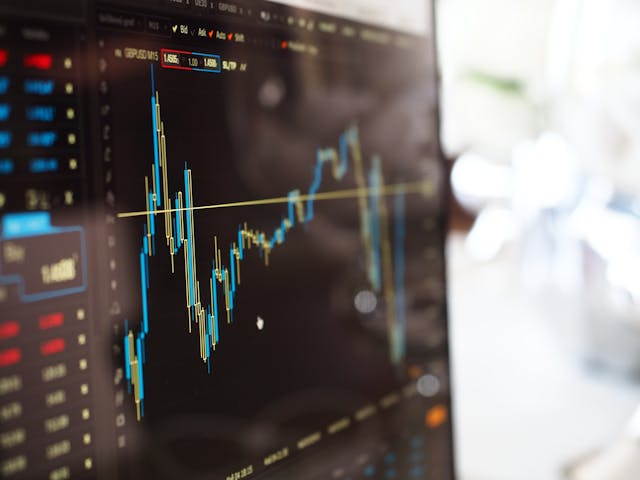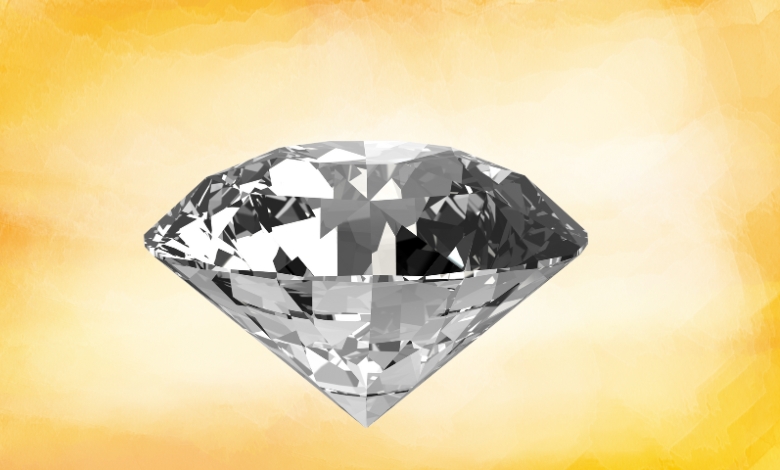IOO vs DHHF vs NDQ vs IEM: Compare, understand costs, exposures & performance to decide your ideal ETF portfolio choice.
IOO, DHHF, NDQ and IEM are different exchange-traded funds (ETFs). IOO tracks global giants, DHHF blends all-growth equities, NDQ focuses on U.S. tech, and IEM invests in emerging markets; each offering a unique risk-reward balance. Diversifying your portfolio with various investment opportunities requires understanding how different ETFs align with your financial goals.
I remember the first time I opened my brokerage app and typed in four tickers: IOO, DHHF, NDQ, IEM. I stared at them like a row of mysterious buttons. Each one promised “growth,” “diversification,” “global exposure.” But behind those promises were subtle trade-offs that took me years; and a few bruises; to truly understand.
Choosing an ETF is never just about numbers. It’s about temperament, philosophy, and your tolerance for uncertainty. The funny part? You never really know which one’s you until you start digging. So let’s do that together; break down what each fund means, how it behaves, and what it’s secretly trying to tell you.
At Americanworthy.com, we explore how modern portfolios meet human behavior; and how smart diversification decisions can align with real-world emotions and goals.
This isn’t just an ETF comparison; it’s a mirror for your investment style.
Article Breakdown
What Each ETF Is; The Basics
IOO (iShares Global 100 ETF)
IOO is built around the S&P Global 100; a basket of the world’s largest and most established companies. Think multinational giants spanning tech, finance, energy, and healthcare.
With a moderate annual fee of around 0.40%, IOO aims for broad global exposure and steady returns. It’s designed to smooth out the extremes; not the flashiest ride, but one that usually stays on the road.
Analogy: IOO is like a well-balanced meal; a mix of proteins, carbs, and greens. Not thrilling, but reliably nourishing.
DHHF (BetaShares Diversified All Growth ETF)
DHHF takes a different approach. It’s an “all-growth” ETF; meaning 100% equities, no bonds, no safety net. It blends multiple BetaShares funds into one, covering Australian, international, and emerging markets.
Its management fee sits around 0.19%, one of the lowest in its class. That makes it popular with long-term investors who want an aggressive “set-and-forget” option.
Analogy: DHHF is like a smoothie of every high-growth stock flavor; you don’t choose ingredients; you drink the mix and trust the recipe.
NDQ (BetaShares Nasdaq-100 ETF)
NDQ mirrors the Nasdaq-100 Index; which means tech, innovation, and volatility. Inside it are the giants of modern disruption: Apple, Microsoft, Amazon, Nvidia, and the like.
It charges roughly 0.48% per year. NDQ thrives during innovation booms but can feel painful during corrections.
Analogy: NDQ is the electric sports car of ETFs; thrilling on highways, jittery on bumps.
IEM (iShares MSCI Emerging Markets ETF)
IEM captures growth in developing economies; countries like China, India, Brazil, and South Africa. The risk? Currency swings, political shifts, and economic turbulence. The reward? Explosive growth when those markets shine.
Its fee is about 0.69%, higher than others due to the complexity of managing emerging-market assets.
Analogy: IEM is the adventurous backpacker of ETFs; unpredictable, exciting, and sometimes lost in translation.
How They Compare; The Real Differences
Here’s where it gets interesting. Each ETF has a different “personality”; some steady, some daring, some opportunistic.
Fees & Costs
Let’s start with the one thing you can control; costs.
- DHHF: ~0.19% p.a. (lowest)
- IOO: ~0.40% p.a.
- NDQ: ~0.48% p.a.
- IEM: ~0.69% p.a. (highest)
Lower fees mean less drag, but don’t let numbers alone decide. A high-fee ETF might justify itself with access to riskier, harder-to-reach markets; like IEM does.
Diversification & Exposure
- IOO spreads across developed markets and industries. It’s your global anchor.
- DHHF bundles multiple geographies; but remember, it’s all equities. No bonds = no cushion.
- NDQ is concentrated in U.S. tech; powerful, but narrow.
- IEM spreads through emerging nations; growth potential, higher risk.
If IOO is the orchestra, DHHF is the rock band, NDQ is the lead guitarist, and IEM is the experimental DJ; all music, but wildly different beats.
Historical Performance & Volatility
Performance depends heavily on timing. NDQ often outperforms in bull runs but crashes harder in bear markets. IOO, by contrast, offers steadier, smoother returns; less “wow,” less “ouch.”
DHHF has shown strong long-term results, but remember, 100% equities means 100% exposure to global downturns. IEM moves in bursts; when emerging markets roar, it outpaces all; when they stumble, it’s the first to fall.
Snackable insight: “NDQ wins the sprint. IOO wins the marathon. DHHF never stops running. IEM runs barefoot uphill.”
Risk & Drawdowns
Each ETF has its demons:
- NDQ: Sector risk. If tech collapses, so does your portfolio.
- IEM: Political, currency, and economic instability.
- DHHF: Market-wide exposure; no safe assets to hide behind.
- IOO: Lower growth potential compared to others, especially in booming markets.
This is where investor psychology meets numbers. Some people need safety to sleep; others need growth to feel alive.
Investor Fit; Who Should Pick What?
| ETF | Ideal For | Personality Type |
|---|---|---|
| IOO | Long-term investors wanting global stability | The patient planner |
| DHHF | Those chasing long-term equity growth | The all-in optimist |
| NDQ | Tech believers and innovation enthusiasts | The thrill-seeker |
| IEM | Risk-takers seeking emerging opportunities | The explorer |
If you’re unsure, imagine which of these investor types feels most like you. The answer to that usually reveals your ETF match.
Comparative Table
| ETF | Fee (p.a.) | Focus | Risk Level | Key Strength | Ideal Use Case |
|---|---|---|---|---|---|
| IOO | ~0.40% | Global large caps | Moderate | Stability + diversification | Core global holding |
| DHHF | ~0.19% | All-growth blend | High | Broad equity exposure | All-in growth ETF |
| NDQ | ~0.48% | U.S. tech | High | Innovation focus | Satellite tech position |
| IEM | ~0.69% | Emerging markets | Very High | Early-stage economies | Speculative growth exposure |
A Different Way to Think About It
Sometimes the right ETF isn’t one of them; it’s a combination. Imagine this mix:
- 60% IOO for stability
- 25% NDQ for innovation
- 10% IEM for emerging-market spice
- 5% cash or defensive bonds
Suddenly, you’ve turned four competitors into a symphony of balance. Investing isn’t about finding the best; it’s about creating your best blend.
Contradictions Worth Noting
Every ETF comparison hides a paradox.
- DHHF is “diversified,” yet entirely in equities.
- NDQ is “modern,” yet its volatility mirrors dot-com-era chaos.
- IEM is “emerging,” yet dominated by established giants like Tencent and Samsung.
- IOO feels “safe,” yet it’s still 100% exposed to global equity downturns.
The takeaway? Labels can mislead. The reality of an ETF is revealed only through its behavior in stormy markets, not sunny days.
The Human Side of Investing
Here’s what I’ve learned through painful experience: numbers alone don’t make good decisions. It’s emotional resilience that decides returns.
During downturns, IOO holders sigh. NDQ holders panic. DHHF holders endure. IEM holders pray. But those who stay invested; regardless of ETF; usually win the long game.
Sometimes, the “best ETF” is simply the one you can emotionally hold when the market dives.
FAQs
Q1: What’s the main difference between IOO and NDQ? IOO spreads risk globally across many sectors, while NDQ concentrates on U.S. tech stocks; making NDQ higher risk but potentially higher reward.
Q2: Does DHHF include any bonds or defensive assets? No. DHHF is 100% equities, focusing purely on growth.
Q3: Is IEM too risky for beginners? It depends on your risk appetite. IEM can swing widely, so it’s often used as a small “satellite” position in diversified portfolios.
Q4: Which ETF performed best historically? Over the past decade, NDQ generally led in returns during bull markets due to tech’s dominance; but it also saw sharper drawdowns.
Q5: Can I hold multiple ETFs together? Yes, and many do. Combining IOO or DHHF with NDQ or IEM helps balance stability and growth.
Key Takings
- IOO is a globally balanced blue-chip ETF for steady investors.
- DHHF offers an all-growth, low-fee solution with no defensive assets.
- NDQ focuses on innovation and tech; high risk, high reward.
- IEM bets on emerging markets; volatile but full of long-term potential.
- Fees range from 0.19% to 0.69%, but cost isn’t everything; exposure matters more.
- You can combine these ETFs to balance stability, growth, and exploration.
- The best ETF isn’t the one that performs best; it’s the one that matches your psychology and time horizon.
Additional Resources
- BlackRock iShares ETF Overview: Comprehensive ETF guide explaining global equity exposure and fund structures.
- BetaShares ETF Learning Centre: Educational resource to understand diversified ETF strategies and portfolio building basics.



